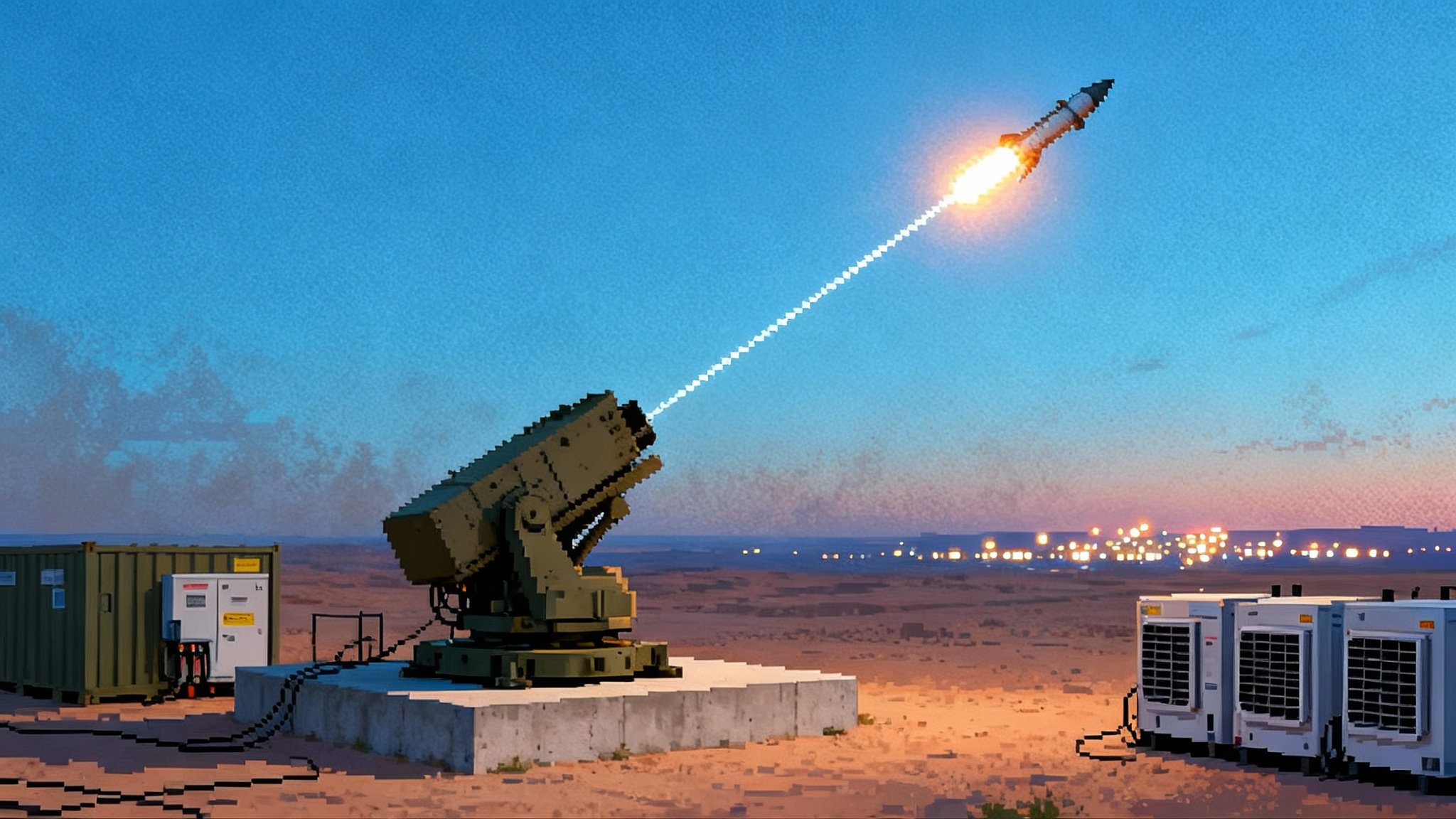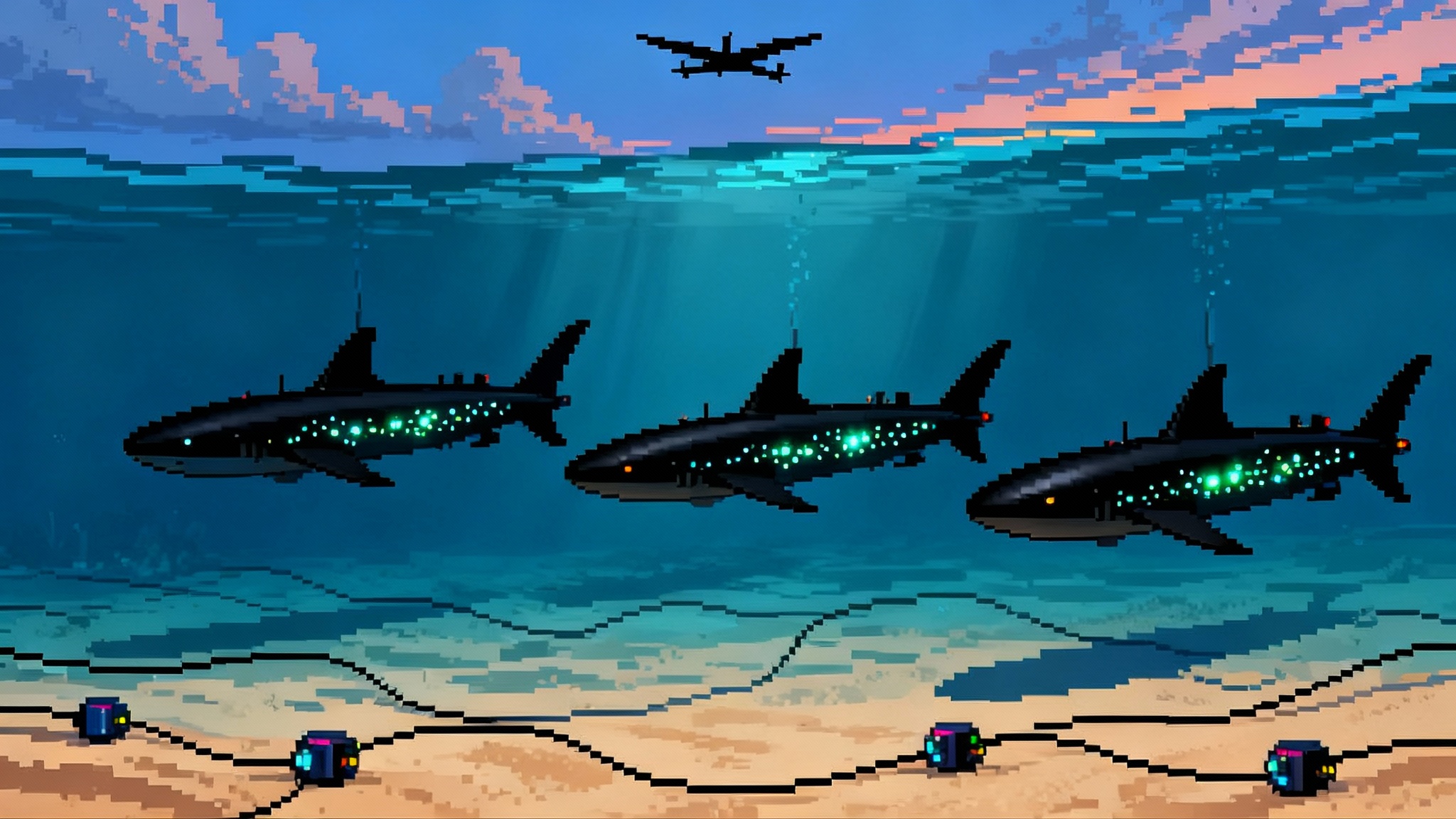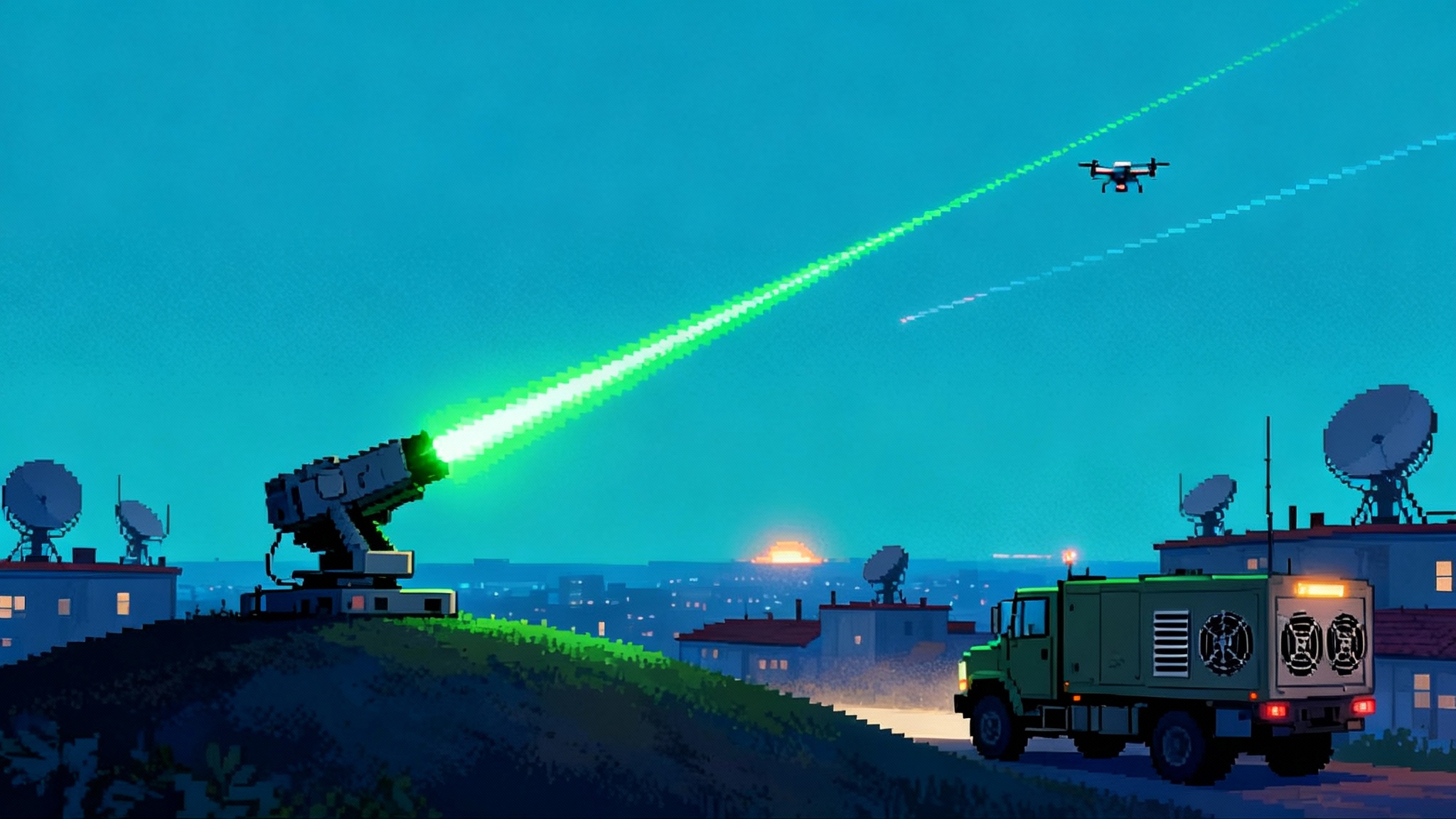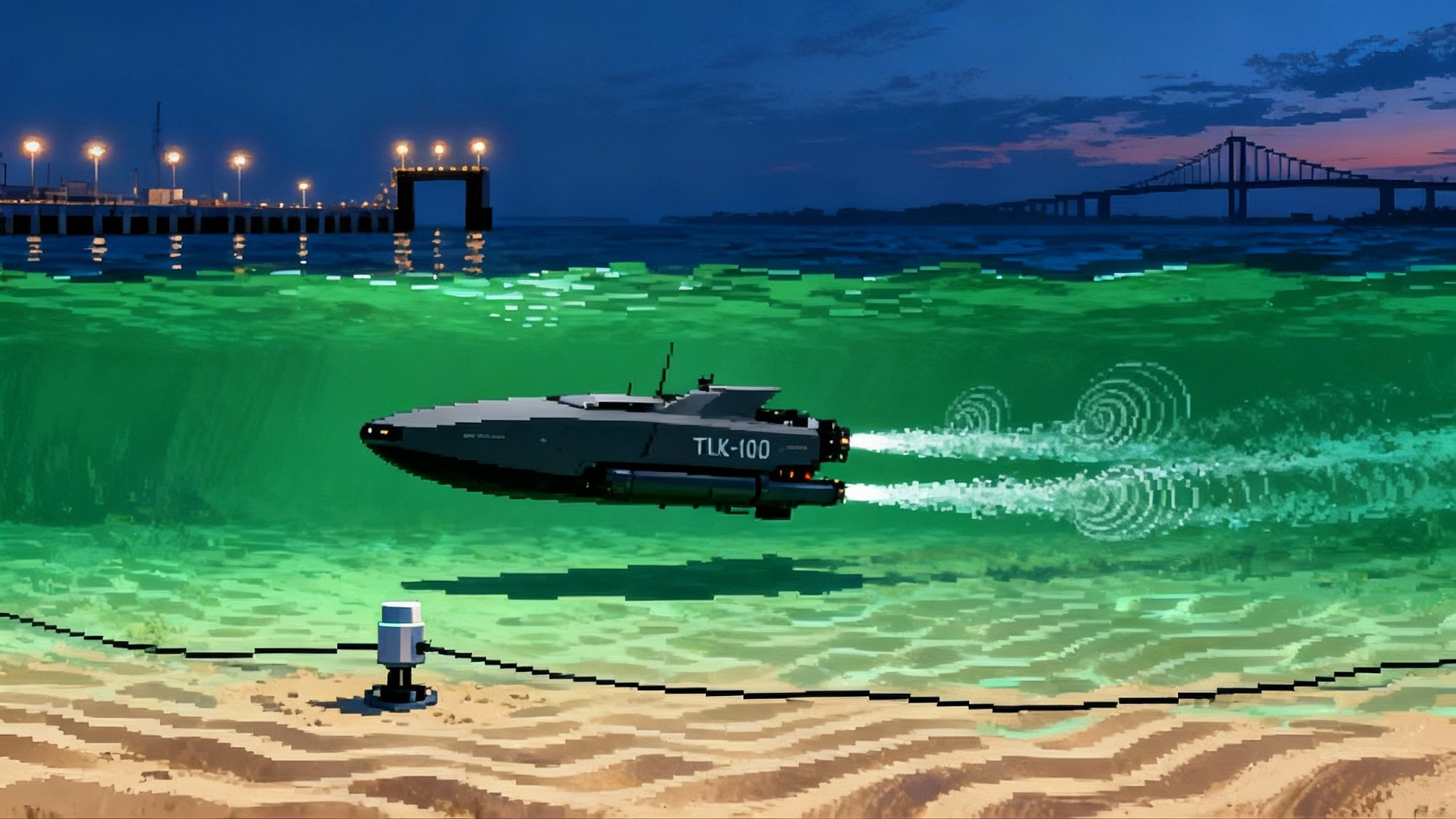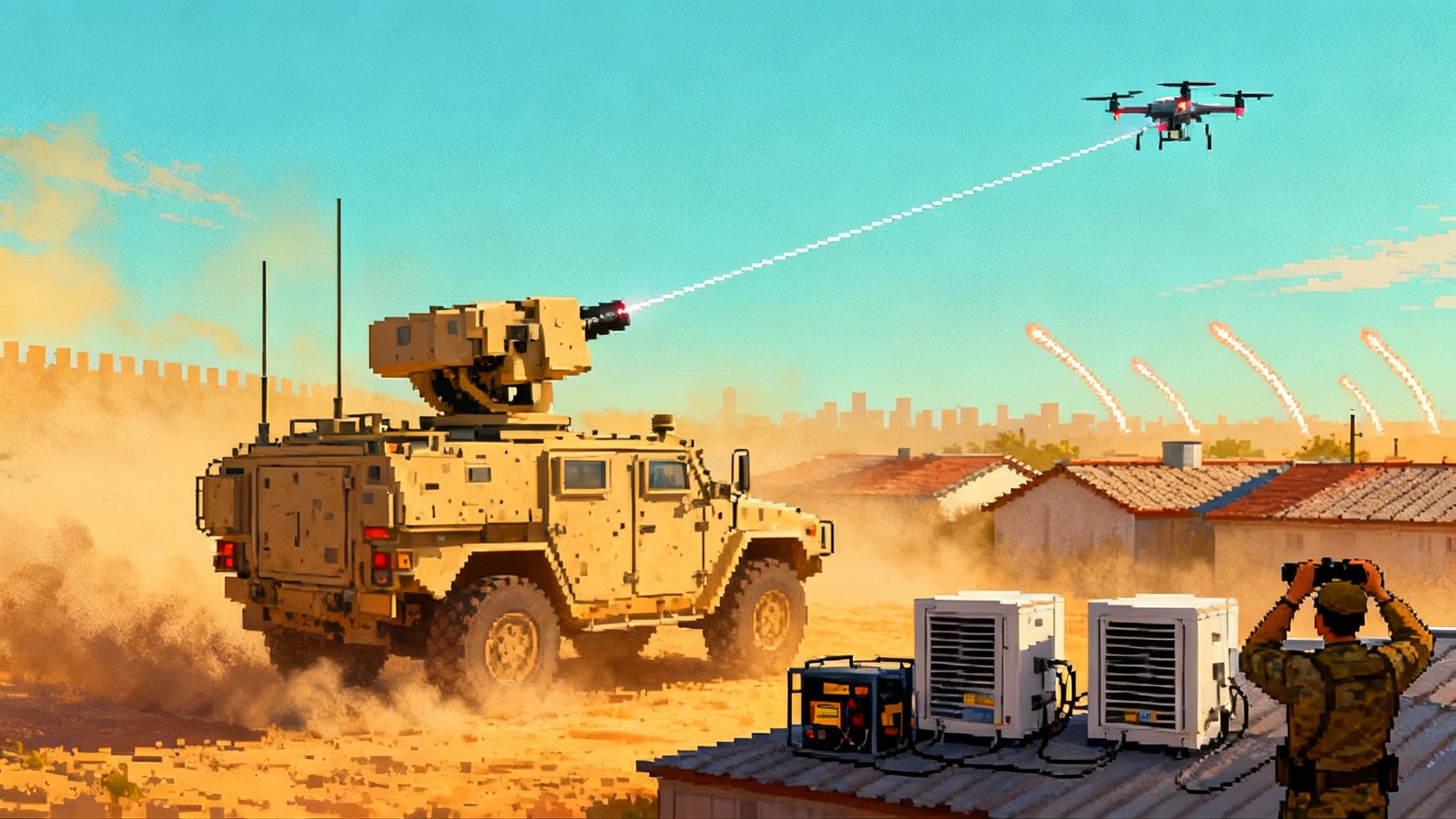Fujian’s EM Catapults Rewrite PLAN Carrier Airpower Math
On September 22 to 23, 2025, China released video of Fujian launching and recovering J-35, J-15T and KJ-600 with electromagnetic catapults, signaling initial full deck capability. CATOBAR enables heavier loads, fixed wing AEW and higher sortie rates across the Indo-Pacific, reshaping allied planning.
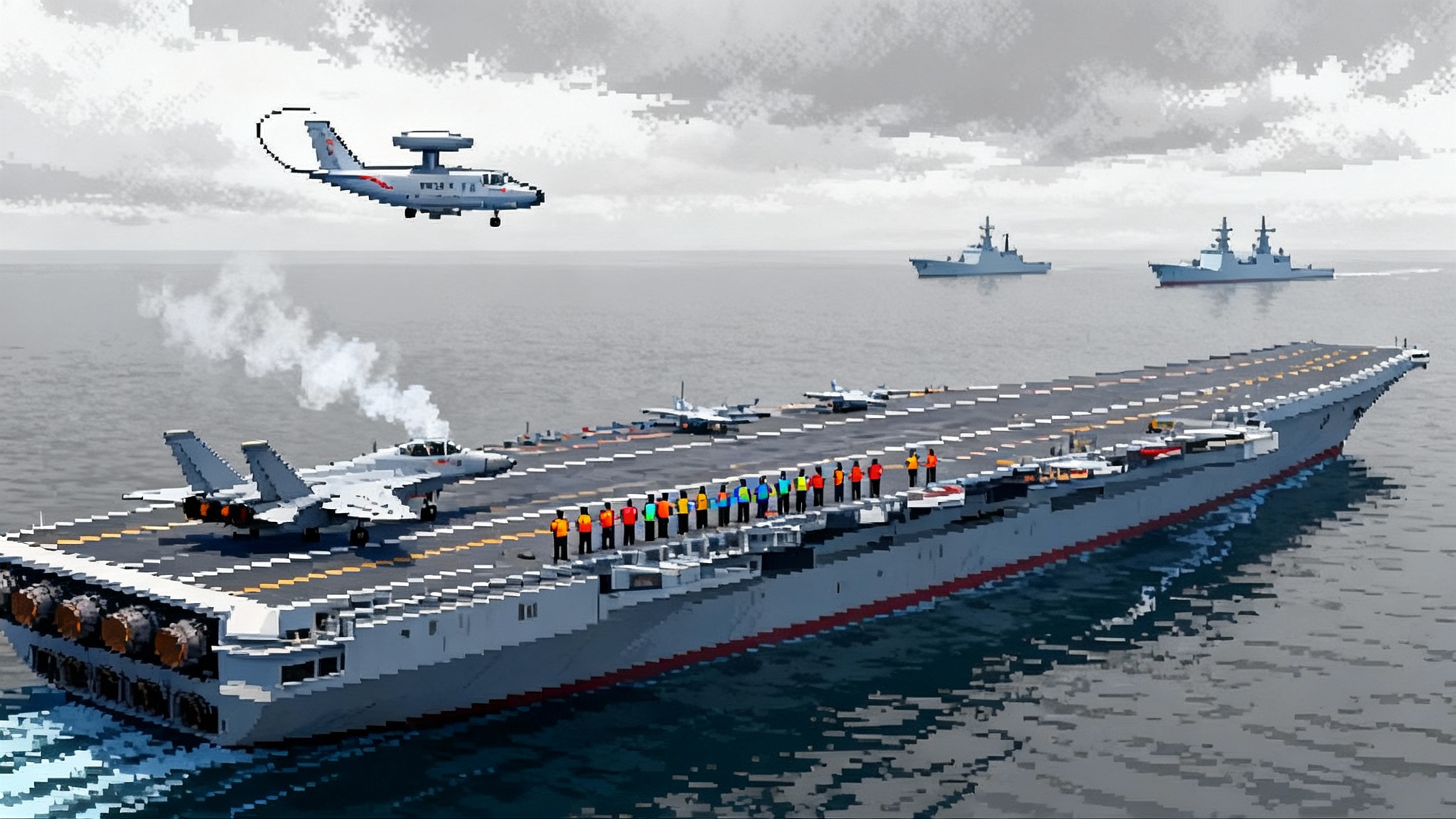
Beijing just showed what matters
On September 22 to 23, 2025, Chinese state media pushed long, polished clips of the People’s Liberation Army Navy’s third carrier, Fujian, conducting flight operations that many doubted would arrive this quickly. The footage depicts J-35 stealth fighters, catapult capable J-15T multirole jets and the KJ-600 airborne early warning aircraft launching via electromagnetic catapult and trapping aboard. In one stroke Beijing signaled that its first CATOBAR carrier has moved beyond taxi tests into integrated deck ops with multiple fixed wing types. The navy’s announcement highlighted electromagnetic assisted takeoffs and arrested landings and described these events as the ship obtaining initial full deck capability. That is the first proof point that China’s EM catapults and arrester gear are working together on a large deck at sea, not just on a land test site. See the Xinhua announcement of catapult tests naming all three aircraft and timestamped to September 22 Beijing time.
Why CATOBAR is different
Ski jump carriers trade angle for energy. CATOBAR trades electrons for mass and drag. That swap changes the math in three ways that matter for sea control beyond the First Island Chain:
- Fixed wing AEW becomes routine. The KJ-600 fills the E-2 class role by getting a radar high and on station for hours. That stabilizes airspace management, improves missile cueing and stretches the lethal radius of every fighter and ship. It also pairs with space and airborne networks such as the SDA Tranche 1 transport mesh.
- Launch weight goes up. Electromagnetic launch gives J-35s and J-15Ts more fuel and heavier weapons off the bow in hot and high conditions. For strike packages, that means fewer compromises between standoff missiles, fuel and jammers. For air defense, it adds time on CAP and larger missile loads.
- Sustained sortie rate rises. EM catapults accelerate deck cycles because there is no steam warmup and fewer thermal constraints. The limit shifts to deck choreography, weapons elevators and maintenance tempo. Over a campaign, a few extra sorties per day translate into hundreds of additional weapons delivered or intercepts made.
With Fujian, China is moving from ceremonial carrier presence to an air wing designed for persistent airspace control, long range targeting and strike. The platform still needs crews trained to run heavy deck cycles and the logistics to keep that pace at sea, but the physical constraints of a ski jump are gone.
What the J-35 and KJ-600 bring to the deck
- J-35: A twin engine, low observable design sized for catapult use, the J-35 gives the PLAN a stealthy forward sensor and shooter that can work as both a fighter and a strike platform. Its real value is not just radar shaping. It is the networked radar and infrared sensors, passive target detection and the ability to carry modern standoff weapons while preserving useful range thanks to EM launch.
- J-15T: The catapult capable J-15T keeps the heavy payload niche. Expect it to carry large anti ship missiles, precision guided munitions or act as a buddy tanker with centerline refueling stores to extend the legs of the stealth package. It will also serve as an early backbone for pilot throughput while J-35 production scales.
- KJ-600: The jump from helicopter AEW to a twin turboprop E-2 analog is a qualitative change. A fixed wing AEW aircraft sees farther, can manage larger fighter packages and can fly in weather that would ground a helo. It also closes the kill chain for long range anti ship weapons by maintaining custody of targets at sea.
Seen together, these aircraft suggest a Chinese carrier designed to fight for sea control at range, not just provide air cover for the carrier itself.
EM catapults at sea and lessons from USS Ford
Electromagnetic launch and modern arresting gear are transformative but also demanding systems that reveal their quirks only in extended operations. The U.S. Navy’s USS Gerald R. Ford accumulated thousands of launches and recoveries during its first long deployment, yet testing agencies still flagged reliability as a limiter to sortie generation and highlighted reliance on off ship technical support for both EMALS and AAG. A January 2025 digest collected by the Congressional Research Service notes 8,725 launches and arrested landings during deployment, continued work on reliability degraders and open questions about data sufficiency for definitive suitability judgments. See the CRS Ford class reliability brief.
Those Ford lessons cut two ways for Fujian. First, they validate that EM catapults and advanced arresting gear can carry an air wing through real tasking without catastrophic failure. Second, they warn that the last 10 percent of reliability needed for high tempo, all weather, multi day deck cycles is hard to achieve, takes years and is as much about maintenance manpower, parts pipelines and clean data collection as it is about hardware.
China’s system is not identical to EMALS and AAG, and its control software, power architecture and spare parts scheme are opaque by design. Yet physics, heat, vibration and the realities of shipboard maintenance are universal. Expect the PLAN to discover issues as deck time accumulates. Expect fixes to arrive quickly given centralized control over vendors and shipyards. Also expect that the hardest proof point will not be a single launch or trap, but a 48 hour period of surge operations with weapons movement, cyclic fueling and cross deck repairs while keeping the system online.
Likely Fujian air wing composition
Early imagery and the new footage point to a mixed wing optimized for layered sea control. A realistic first operational loadout could look like this:
- Fighters: 24 to 28 J-35 for air superiority, counter air and deep strike. 12 to 18 J-15T for heavy strike, anti ship missions and buddy tanking. A pair of J-15D electronic attack variants are likely as production and training allow.
- AEW and C2: 4 to 6 KJ-600 to sustain two orbits within reach of the carrier while covering handoffs and maintenance.
- Helicopters: 8 to 12 airframes split among Z-20 and Z-18 types for ASW, logistics and SAR, plus at least one Z-9 for plane guard.
- UAVs: A small number of deck handled ISR drones would make sense for persistent targeting and kill chain resilience, though their public debut may lag the manned wing.
That set fits the reported 60 aircraft class capacity and matches the mission the PLAN appears to be prioritizing. Over time, more J-35s and specialized J-15 derivatives for electronic warfare and tanker duty should displace the remaining legacy multirole fits.
How CATOBAR reshapes reach beyond the First Island Chain
The combination of fixed wing AEW and stealthy strike fighters changes the geometry of allied coverage around the Philippines, Japan’s Nansei Shoto and into the Philippine Sea. A KJ-600 orbit can push sensor horizons far beyond helicopter AEW lines. J-35s operating with generous launch weights can reach and hold CAP points that previously demanded shore based tanking. For the PLAN surface fleet, that means better air defense frameworks and a longer leash for anti ship ballistic and cruise missiles that need targeting updates.
The biggest shift is sustained presence. A carrier that can cycle two to three dozen fighters a day for a week while keeping an AEW orbit aloft forces allied fleets and air forces to reposition. It complicates standoff strike timing, shortens reaction windows for surface ships and logistics tracks and pressures allied magazines, which is why forward land based options like shore SM-6 and Tomahawk matter.
Timelines: commissioning, training, deployment
- Commissioning: With catapult and arresting training declared, formal commissioning could arrive within months, but the safer expectation is sometime in 2026 after the navy proves repeatable deck cycles and clears remaining yard work.
- Air wing workups: Qualifying KJ-600 crews to manage cyclic ops and integrating J-35 tactics with J-15T and ship defenses will drive the pace. That work is measured in quarters, not weeks.
- First blue water deployment: A prudent window is late 2026 into 2027 for a sustained cruise into the Philippine Sea or western Indian Ocean, likely with a robust escort group and a heavy logistics tail to maximize learning while minimizing risk.
What allies can do now
Fujian’s progress does not make Western Pacific sea control a foregone conclusion. It argues for a sharper allied playbook built around four lines of effort that exploit comparative strengths and target PLAN vulnerabilities.
- Stand in ISR that survives jamming and deception
- Layer MQ-4C, P-8A, E-2D and national satellites with proliferated small UAS and uncrewed surface vessels inside the First Island Chain. Use multistatic techniques, passive RF and AIS spoof detection to keep maritime picture continuity. Tie these to the SDA Tranche 1 transport mesh.
- Seed expendable sensors and acoustic arrays around chokepoints and likely operating boxes to maintain contact when satellites are masked or air ISR is pushed back by weather or air defense.
- Long range maritime strike at scale
- Push more AGM-158C LRASM, Tomahawk Maritime Strike, SM-6 dual role and Joint Strike Missile into forward magazines. Capacity and reload speed matter more than any single missile’s glossy range number. Emphasize time sensitive targeting built on E-2D cues, P-8A radar, space based ISR and shipboard sensors.
- Practice under emissions control and jamming, synchronized with land based batteries such as shore SM-6 and Tomahawk.
- Electronic attack and deception as a default mode
- Fly EA-18G with the carriers and from land to contest KJ-600 and shipboard radars. Improve decoy tactics that misplace the KJ-600 orbit and force fighters to CAP empty air.
- Train to fragment the PLAN picture with false surface contacts and misleading flight profiles. Deception buys minutes, and minutes are the currency for long range missile shots.
- Distributed naval operations that complicate targeting
- Spread surface fires across more hulls with containerized anti ship missiles and shore based launchers. A wider set of shooters raises the cost of PLAN targeting and reduces the risk of a single point failure.
- Keep submarines forward. Undersea power remains the hardest threat for the PLAN to sanitize, especially when the carrier is busy running high tempo flight ops, a reality explored in AUKUS adapts to transparent oceans.
What to watch between now and the end of 2026
- Sustained deck cycles: Look for video and reporting that show 24 to 48 hour cyclic operations with visible weapons movement, fuel hoses and repeated KJ-600 orbits. That is the crucible of EM catapult and arrester reliability.
- Tanker integration: Watch for J-15T buddy stores on the waist catapult and reports of routine tanking tracks. That unlocks much longer J-35 reach and endurance.
- Joint exercises: A true test will be composite air ops with shore based PLAAF fighters and bombers, PLAN surface escorts and a layered air defense scenario. The point is not choreography but whether the carrier air wing plugs into the larger theater network.
- Electronic warfare and data discipline: Expect the PLAN to experiment with emissions control and to practice under jamming. Learning to fight while keeping the catapults and arresting gear stable is a complex human and technical balancing act.
- The first blue water deployment: The moment Fujian sails deep into the Philippine Sea or the eastern Indian Ocean with a full air wing and a replenishment group, analysts will have the data to judge the degree of operational confidence the PLAN has achieved.
The bottom line
Fujian’s on deck footage of J-35, J-15T and KJ-600 operations is a hinge point for Indo-Pacific naval aviation. CATOBAR does not win a war by itself, and electromagnetic launch and arresting systems bring new maintenance burdens. Yet the payoff is significant. Fixed wing AEW, heavier launch weights and higher sustained sortie rates are the ingredients of modern sea control. If the PLAN can turn these first demonstrations into long, predictable deck cycles, the range at which it can shape the fight will move well beyond the First Island Chain. That will demand an allied answer built on resilient ISR, deep magazines, aggressive electronic attack and distributed operations. The race from clips to competence has started, and 2026 will show how fast China can run it.
